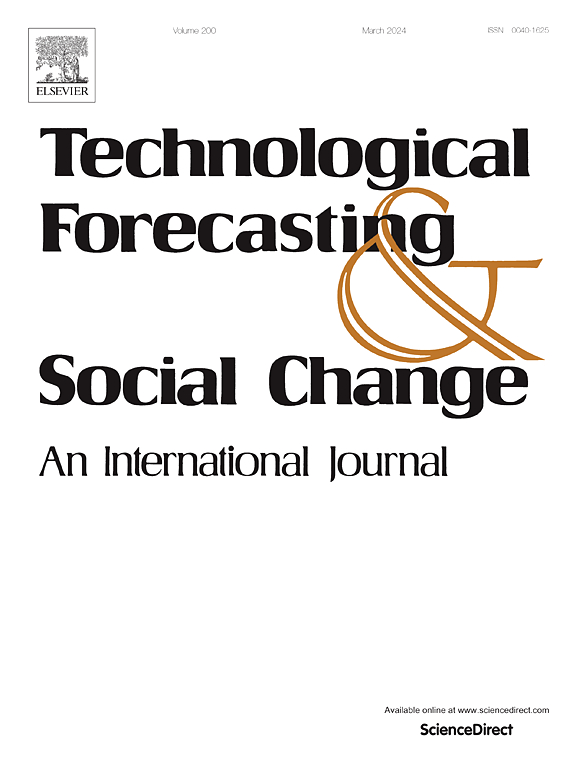人工智能与中国城市社会风险的空间分析
IF 13.3
1区 管理学
Q1 BUSINESS
Technological Forecasting and Social Change
Pub Date : 2025-06-08
DOI:10.1016/j.techfore.2025.124230
引用次数: 0
摘要
(2024年9月为18.8%),引发了对社会稳定的担忧。与此同时,人工智能(AI)在中国的应用也在不断深化。人工智能不仅影响着科技行业的发展,也带来了技术挑战——比如算法黑箱和隐私泄露——以及社会问题,包括失业风险和社会不公。这些挑战涉及政治、经济、社会、伦理等多个领域,引发了公共安全问题、劳资纠纷、突发集体事件等社会风险。探索人工智能与社会风险之间的关系,对于正处于人口红利结束、经济增长放缓、社会矛盾加剧的转型时期的中国来说,具有重要的现实意义。针对社会风险的空间特征,本文通过构建空间Durbin模型(SDM)和空间中介效应模型,分析2010 - 2019年285个城市的数据,探讨人工智能对社会风险的影响及其空间扩散效应。研究结果表明,人工智能加剧了当地和邻近地区的社会风险,收入差距在这种关系中起着重要的中介作用。研究还揭示了人工智能对城市社会风险的影响在不同规模和区域背景下的异质性,突出了人工智能的显著空间扩散效应。为了促进技术与社会的良性互动,必须认识到人工智能对社会风险的影响,缩小收入差距,并特别重视中小城市。本文章由计算机程序翻译,如有差异,请以英文原文为准。
Artificial intelligence and urban social risk in China: A spatial analysis
In recent years, China's youth unemployment rate has remained high (e.g., 18.8 % in September 2024), raising concerns about social stability. Meanwhile, the application of artificial intelligence (AI) in China has deepened. AI not only influences the development of the technology sector but also poses technological challenges—such as algorithmic black boxes and privacy breaches—and social issues, including unemployment risks and social injustice. These challenges span politics, economics, society, and ethics, contributing to social risks such as public security issues, labor disputes, and sudden collective incidents. Exploring the relationship between AI and social risks is of great practical significance for China, which is undergoing a transformative period marked by the end of its demographic dividend, slowing economic growth, and intensifying societal contradictions. Given the spatial characteristics of social risks, this study analyzes data from 285 cities between 2010 and 2019 by constructing a Spatial Durbin Model (SDM) and a spatial mediation effect model to investigate the impact of AI on social risks and its spatial diffusion effects. The findings indicate that AI exacerbates social risks both locally and in neighboring regions, with the income gap serving as a significant mediating factor in this relationship. The study also reveals heterogeneity in the effects of AI on urban social risks across cities of different sizes and regional contexts, highlighting the notable spatial diffusion effects of AI. To foster positive interactions between technology and society, it is crucial to recognize the influence of AI on social risks, reduce income disparities, and place particular emphasis on small and medium-sized cities.
求助全文
通过发布文献求助,成功后即可免费获取论文全文。
去求助
来源期刊
CiteScore
21.30
自引率
10.80%
发文量
813
期刊介绍:
Technological Forecasting and Social Change is a prominent platform for individuals engaged in the methodology and application of technological forecasting and future studies as planning tools, exploring the interconnectedness of social, environmental, and technological factors.
In addition to serving as a key forum for these discussions, we offer numerous benefits for authors, including complimentary PDFs, a generous copyright policy, exclusive discounts on Elsevier publications, and more.

 求助内容:
求助内容: 应助结果提醒方式:
应助结果提醒方式:


